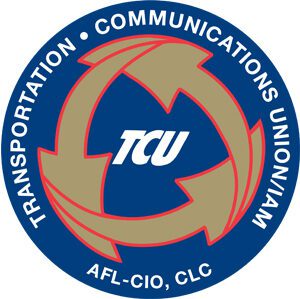In a release from BNSF to its employees; these are the topics facing national negotiations from the view of the Carrier:
The nation’s freight railroads are in national bargaining with three coalitions comprised of 13 1abor unions representing 145,000 employees; the industry is currently in federal mediation with all three labor coalitions. This article is part of a series related to aspects of the current bargaining round, including wages and health care benefits, as well as the economic factors impacting the railroads during this round.
Employment rates and job growth are central in any discussion about the U.S. economy. Here’s a point to consider: As with any industry, when it comes to the nation’s freight railroads, the best way to preserve jobs and encourage job growth is to ensure a strong industry.
As you probably know, this bargaining round began in earnest in 2015, with the railroads and unions primarily focused on wages and health care costs. The outcome of these discussions will have a significant impact on the railroads’ ability to compete in a challenging marketplace.
The parties are discussing a number of crucial questions, like what wage increase levels should be over the next several years that rightly compensate our employees, while ensuring the industry remains competitive in a rapidly changing environment? And what is the appropriate level of employee responsibility for their health care costs that also maintains industry competitiveness relative to other modes that are not facing commensurate cost increases?
Click here to read the full release from BNSF.

